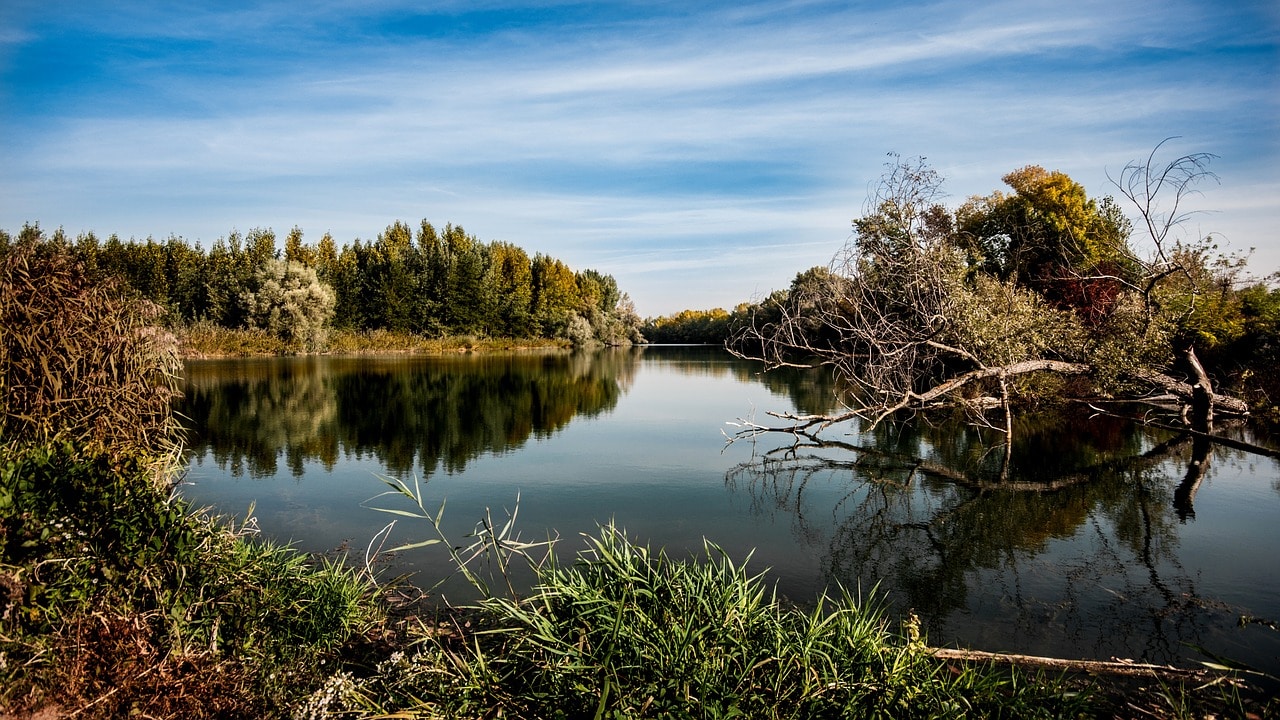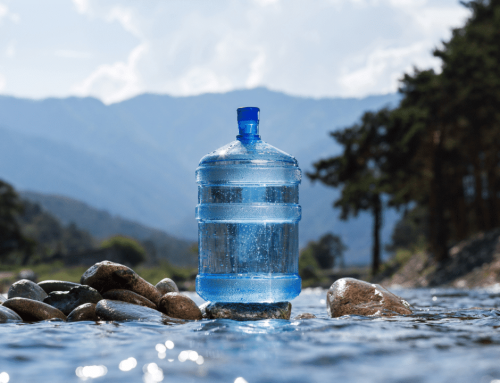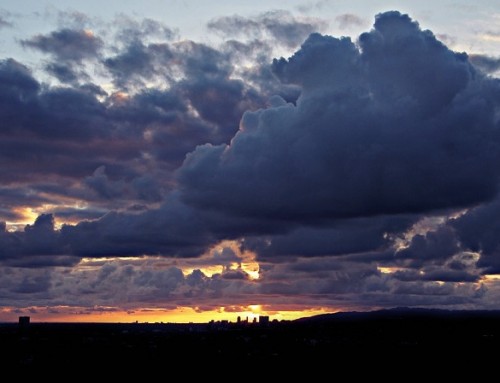Rivers have been one of the main primary resources of fresh water in the world, alongside dams and natural springs. Whether or not it’s used for human consumption and for the use of daily living, it still serves a big purpose when it comes to sustaining the life of animals, plants and biodiversity.
Since it plays such an important role in the survival of life all around the world, the largest rivers even play a bigger role than others. When referring to the longest river in the world, many people seem to get the longest and largest confused with one another as these are two different rivers on opposite sides of the globe.
While most know that the longest river is the Nile, located in Egypt, it is not the river that contains the most water in volume.
A South American Gem
The largest river containing the most water is, in fact, the Amazon river, which is located in the Andes Mountains of South America. It has over 200 tributaries and a width of 50 miles, where saltwater and seawater meet. The river distributes up to seven million cubic feet of fresh water from the mountain into the Atlantic Ocean per second.
The Amazon river is thus considered quite impressive and plays an extremely important role for the sustainability of many habitats, as well as biodiversity as it has a larger water volume than the six biggest rivers, after the Amazon River, combined. This river moves approximately 20% of all freshwater entering the ocean in the entire world.
It also doesn’t have any bridges or cross points, making it even more unique to its kind. The river is also protected and enjoyed by Amazonians as it is located far from cities and industrial areas, which is a good thing for its people, animals. plants and the sustainability of the river itself.
Get bottled water cooler and mains water cooler from Living-Water in London.






